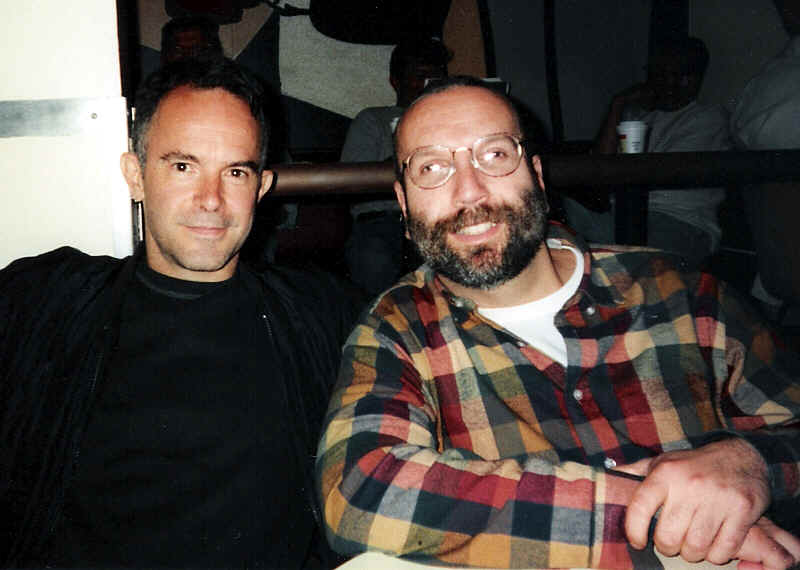|
Recently I attended a dance party, one of the many evenings of intense music and cavorting available to thousands of gay men in my city each weekend. I looked over the crowd of primarily twenty-something and thirty-something men, shirtless, gyrating, arms reaching to the heavens. I thought immediately at how the doomsayers criticize this population of young gay men, saying things such as, “I didn’t work my ass off during the past 30 years to create a culture of drug use and unprotected sex and self-centered me-me-me attitudes. This is not what the gay movement was all about....” And then I realized something, something surprising and simple. As someone who has spent the last 30 years working on gay liberation and AIDS activism and sexual liberation, what I saw before me was precisely the world I was trying to create. When we fought during the 1980s and 1990s to prevent gay men’s sexual cultures from being destroyed, when we worked to preserve certain values about gender play, friendship, and erotic desire, when we quietly worked behind the scenes to ensure that certain spaces would survive gentrification and public health crackdowns, we were fighting to preserve the ability of new generations of gay men to create worlds of pleasure and desire. As I looked out over the sea of dancing men, I realized, despite all the battles we’ve lost in terms of politics and discourse and the media, gay men and gay sexual cultures had managed to survive and, indeed, thrive.
-- Eric Rofes, 2005

Don and Eric, San Francisco,
1998
|